Drawing Ideas: five places to look for inspiration when you’re not sure what to draw
Do you feel inspired to be creative but have no idea what to draw? Sometimes it can be really difficult to nail down an idea and decide on the subject of your next artwork. In this blog post, our Room for Art artists have shared some places to consider looking for inspiration when you’re not sure what to draw.
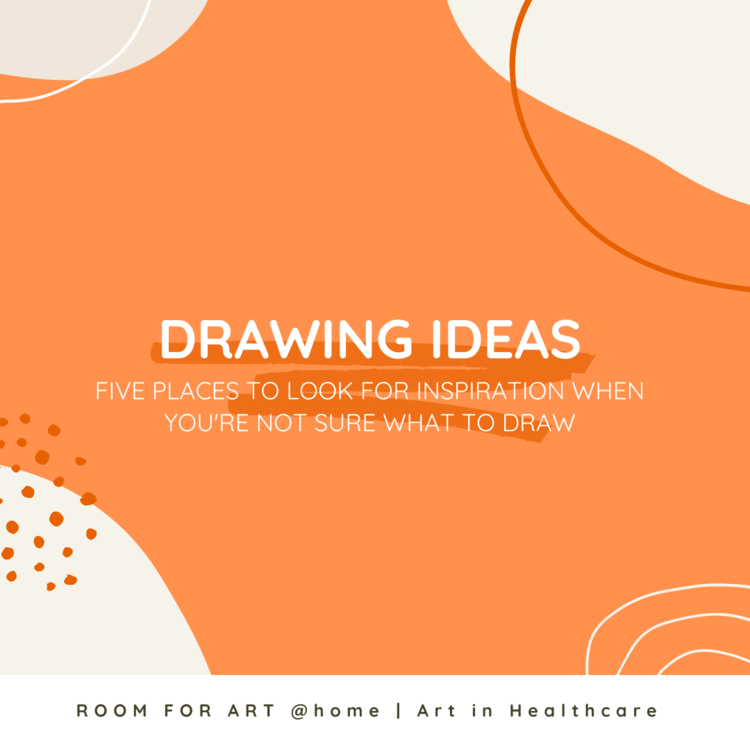
Your Next Meal
From century-old, still-life paintings to food photographs for social media, what we eat has consistently served as a source of visual inspiration. So, why not try eating your own still-life? Artist Heather Luchessi suggests that the next time you are enjoying lunch or dinner, make a lightning-quick sketch of your meal. How much can you record in 30 seconds before it gets cold?
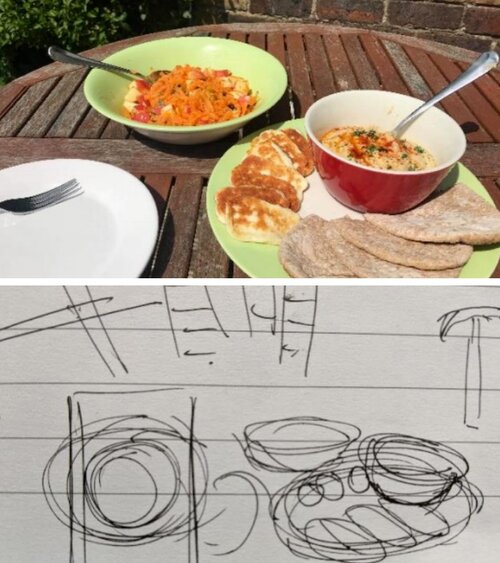
Google Street View
The French term, ‘en plein air’ refers to the act of painting outdoors and is a great way to study natural light, colour and movement. However, it may not be possible to paint in direct contact with the landscapes that you’d like. Instead, artist Fraser Gray suggests giving virtual plein air drawing a try.
Using Google street view, take a virtual trip around the world and get inspired! Maybe there is a place that you’ve always wanted to go to, or somewhere you would like to visit again? Wherever you go, take some time to do a landscape sketch of the view.
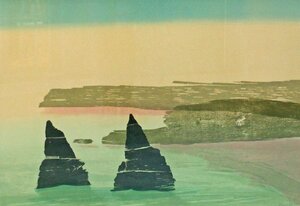
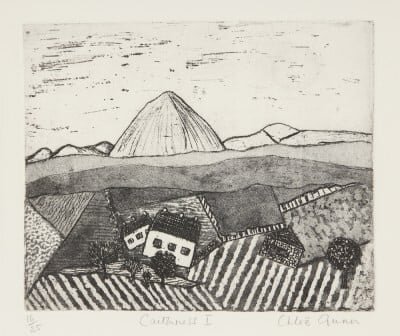
The Architecture Around You
The architecture that surrounds us in daily life can be a great source of inspiration. Using an initial drawing, artist James Chincharo suggests using your window as a natural light-box to create composed images for an interesting, explorative project.
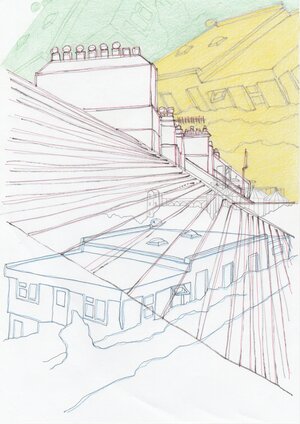
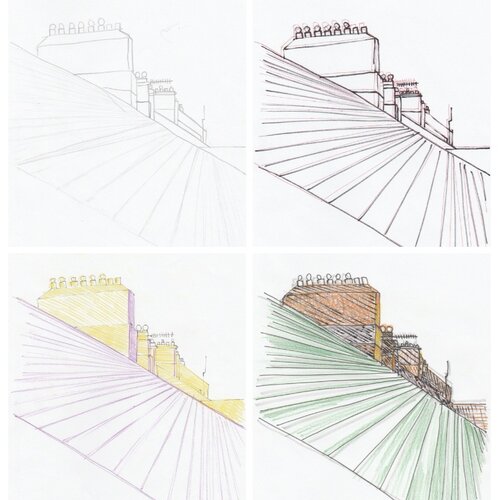
By standing at a window, facing outside and holding your drawing flat against it, with another piece of paper to redraw on top, you can make copies of your initial drawing. When redrawing these images, you can offset the lines between one drawing and the next. The extent of this can have quite a significant effect on the outcome and mixing different types of media, like pen and pencil, can also create interesting effects.
The Events of Your Day
Comic book storytelling is one of the greatest art forms that can be used to document people’s lives. It can be truthful and honest and personal, and relatable to many peoples lived experiences.
Cartoonist Malcy Duff suggests creating a comic book diary that takes inspiration from an event that has happened over the past few days. The event doesn’t have to be anything huge; you could describe making a cup of tea or doing the dishes in a comic format! It is this ability to observe that is key.
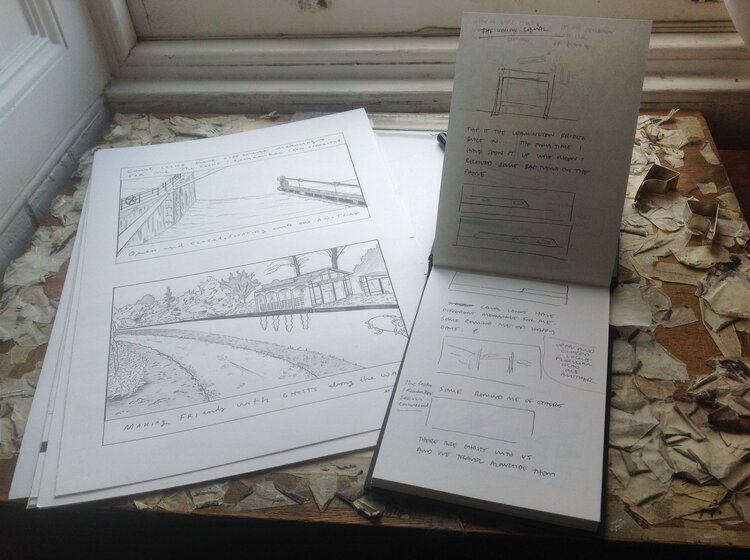
To start with, sketch out the event and then think about how you will put your comic diary pages together. Using a grid of six panels per page might be a good place to start, but this could vary depending on the story. There isn’t one way of doing it and diaries, by their nature, can be very personal pieces of work, and so you should find what works best for you and let the work flow.
The TV
Sometimes we watch TV in a passive way but the shows we watch when letting time pass by can become great sources of inspiration. Making decisions about the visuals of the programme will allow for a much more engaging viewing experience and some interesting, abstracted artworks.
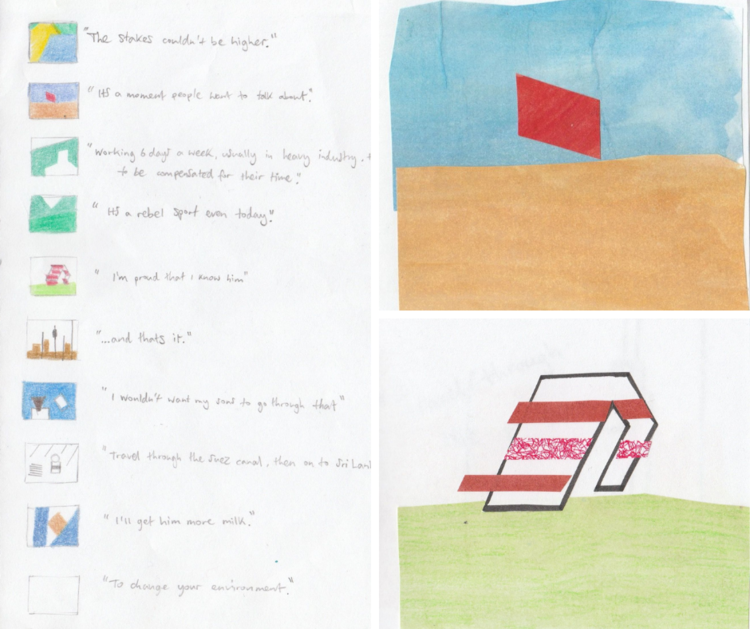
Artist James Chincharo recommends making very small, 2 cm x 2 cm drawings based on the colours and compositions you see. On this small scale, you won’t be able to show much detail which will make the abstraction easier. Take note of the dialogue of the programme too – particularly any quotes about the people or the things they say about the subject of the show.
Using your initial small sketches, you could then use painted or recycled paper to create abstract collage pieces. Before sticking things down, consider their placement and think about the way the shapes interact when making adjustments. You might like to use tracing paper to write your quotes on so that they can be laid over the images without being permanent.
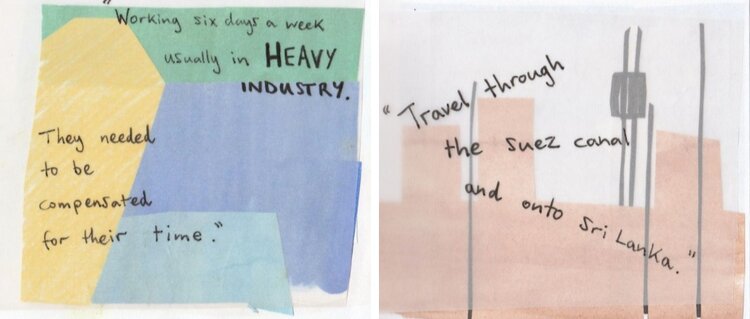
25 January 2023 by
Ursula Bevan Hunter
